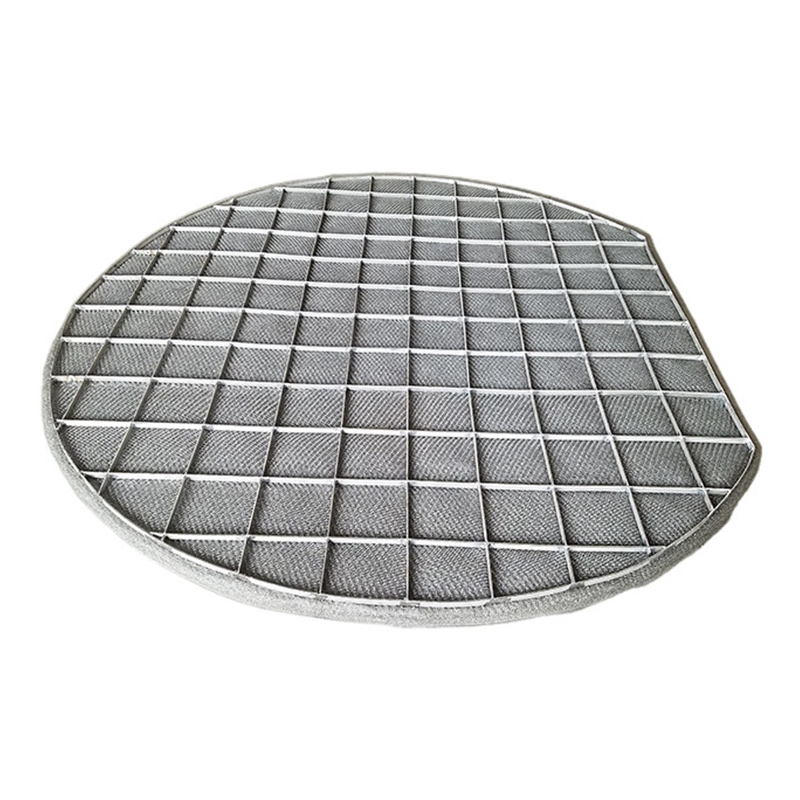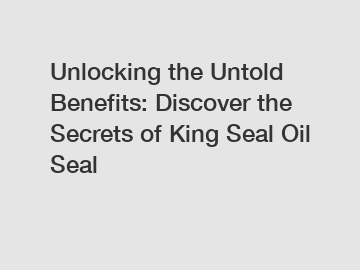How do Mist Eliminators work in industrial applications?
Mist eliminators also known as demisters, play a crucial role in a wide range of industrial applications. These remarkable devices are designed to efficiently remove liquid droplets or mists from gas streams, ensuring that the exhaust gases are as clean as possible. In this article, we will delve into the intricacies of how mist eliminators work and their significance in various industrial processes.
Mist eliminators are integral components in industries such as petrochemical, chemical processing, power generation, and air pollution control. Their primary purpose is to capture and eliminate liquid droplets or mists from a gas stream. This gas stream could contain pollutants, corrosive chemicals, or other undesirable substances. Mist eliminators effectively reduce emissions and improve the overall efficiency of industrial processes.
Types of Mist Eliminators
There are several types of mist eliminators available, each designed for specific applications. The two most common types are:
1. Wire Mesh Mist Eliminators
Wire mesh mist eliminators are constructed using layers of fine wire mesh or knitted materials. The gas stream passes through the mesh, where liquid droplets are captured. The collected liquid drains down to the bottom of the eliminator and is then removed. This type is highly effective in removing fine mists and is commonly used in various industries.
2. Vane Mist Eliminators
Vane mist eliminators consist of a series of baffles or vanes placed at specific intervals. As the gas flows through, the liquid droplets collide with these vanes and are coalesced into larger droplets, which then drain out of the eliminator. Vane mist eliminators are ideal for applications with high gas velocities.
How Mist Eliminators Work
Mist eliminators work on the principle of impingement and coalescence. Here's a breakdown of the process:
1. Impingement
As the gas stream containing liquid mist passes through the mist eliminator, the liquid droplets collide with the surface of the eliminator's components. In wire mesh eliminators, this occurs as droplets come into contact with the mesh layers. In vane eliminators, it happens when droplets hit the vanes.
Additional resources:What are the advantages of investment casting for chemical reactors?
7 Tips for Beginners to Choose Solenoid Valves
Understanding Different Ball Valve Types
What is the purpose of using ball bearing in machine class 8?
The Ultimate Guide to Welding Manipulators
What is the cost of cylindrical roller bearing?
When should a double check valve be installed?
2. Coalescence
Once the liquid droplets collide with the eliminator's surfaces, they coalesce or combine with other droplets. This process continues as the gas stream flows through the eliminator. The combined droplets become larger and heavier, making them easier to separate from the gas stream.
3. Drainage
The larger, coalesced droplets eventually become heavy enough to overcome the force of the gas flow. They then drain down the eliminator's surfaces and collect at the bottom. From there, the collected liquid can be removed through drainage systems.
Applications of Mist Eliminators
Mist eliminators find application in a wide range of industries, including:
1. Petrochemical Industry
In the petrochemical industry, mist eliminators are used to capture liquid droplets in various processes, such as distillation and condensation.
2. Chemical Processing
Chemical processing plants utilize mist eliminators to ensure the purity of chemicals and protect equipment.
3. Power Generation
Power plants rely on mist eliminators to remove droplets from exhaust gases, contributing to cleaner emissions and improved energy production.
4. Air Pollution Control
Mist eliminators play a vital role in controlling air pollution by removing particulates and contaminants from industrial exhaust gases.
Conclusion
Mist eliminators are essential components in numerous industrial applications. Their ability to efficiently remove liquid mists from gas streams not only ensures compliance with environmental regulations but also contributes to equipment protection, improved efficiency, and workplace safety. Understanding the principles behind how mist eliminators work is crucial for industries that rely on these devices to optimize their processes.
Additional resources:What is the HS code for thrust bearings?
What are the advantages of choosing a Proportional Relief Valve for your B2B purchase?
The Ultimate Guide to Car Oil Seals
Which parts of a globe valve really matter?
Where are PM OLED Displays commonly used?
What are the disadvantages of Y strainer?
What is the ASME standard for elbows?
241
0
0
Related Articles
-
231
0
0
-
Unveiling the Reliability of Mechanical Face Seals
Unveiling the Reliability of Mechanical Face Seals: A Game Changer in Industrial Settings?
228
0
0
-
Revolutionizing Oil Field Efficiency: Meet the Ultimate Bucking Machine!
Revolutionizing Oil Field Efficiency: Meet the Ultimate Bucking Machine!
206
0
0
-
119
0
0
-
105
0
0
-
Unlocking the Untold Benefits: Discover the Secrets of King Seal Oil Seal
Unlocking the Untold Benefits: Discover the Secrets of King Seal Oil.
117
0
0
-
234
0
0
-
Which Bearing Type Reigns Supreme in High-Speed Applications?
Which Bearing Type Reigns Supreme in High-Speed Applications?
110
0
0










Comments
All Comments (0)